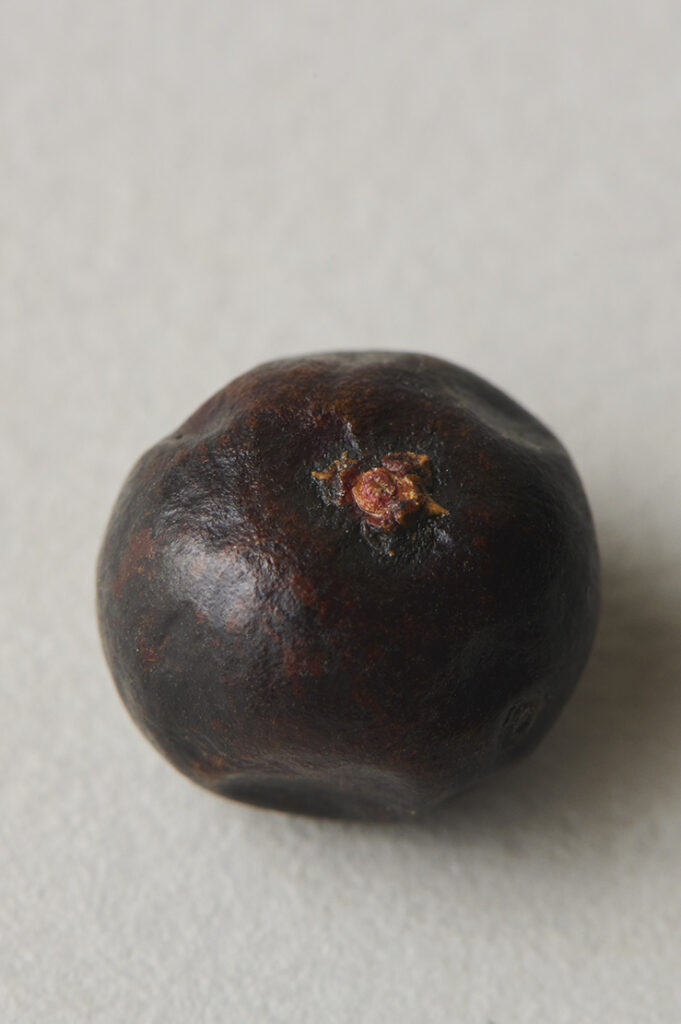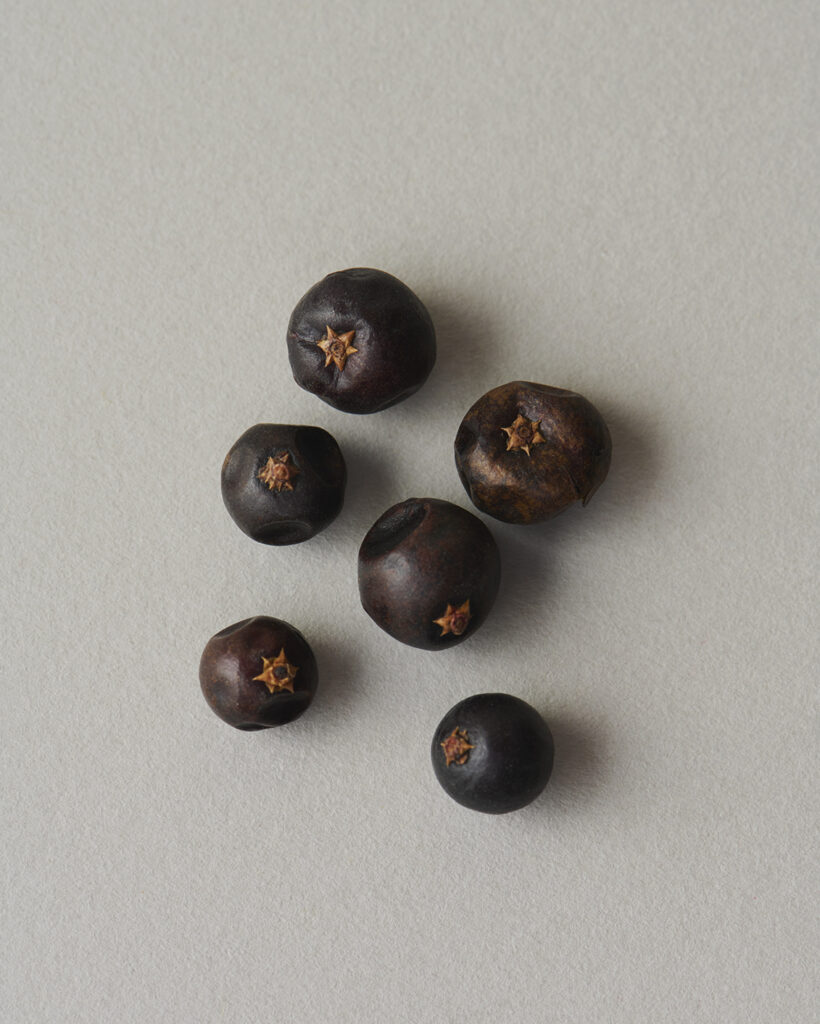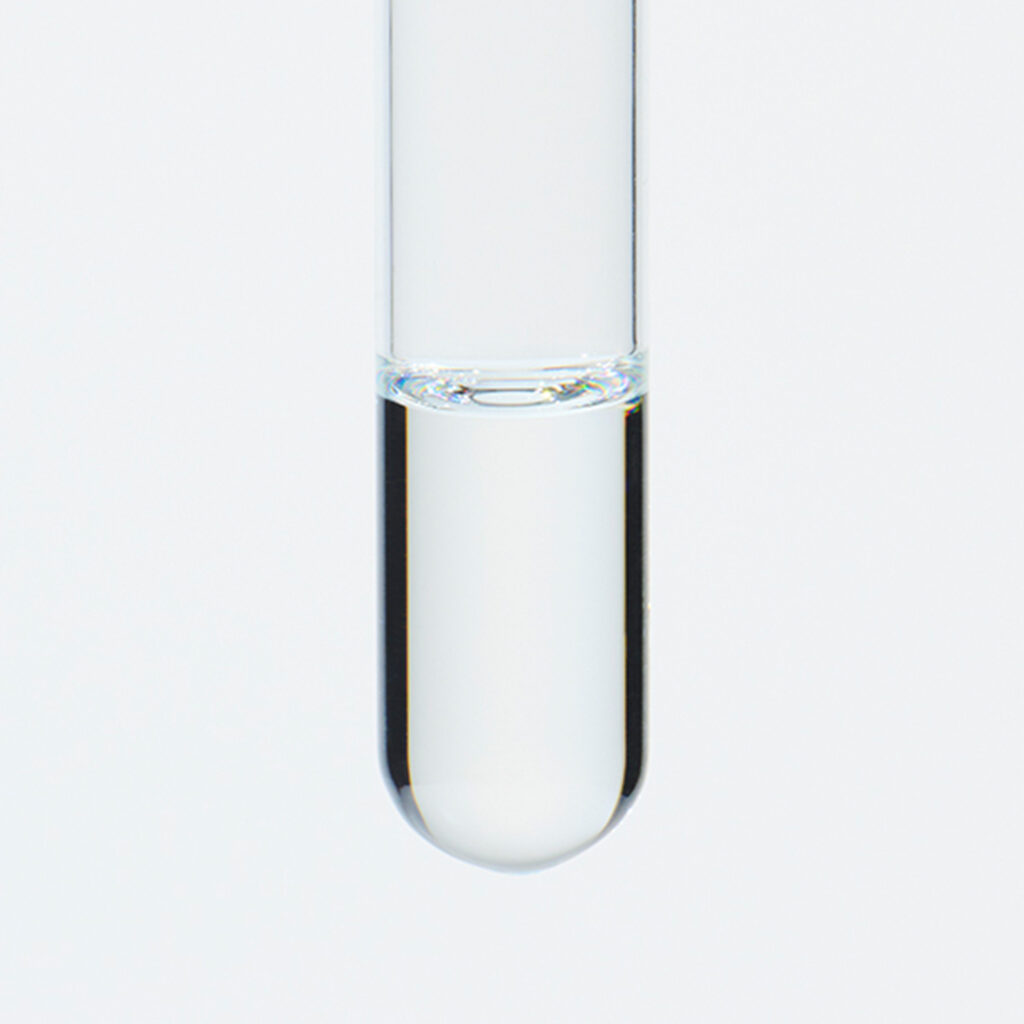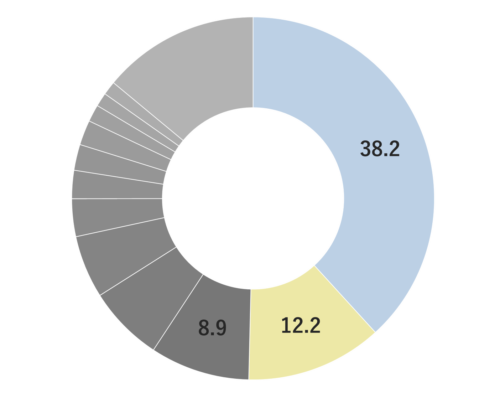About 1% of Juniper essential oil is obtained by steam distillation from juniper berries, and is colorless to pale yellowish in color. Its primary constituents, alpha-pinene and myrcene, are recognized for their relaxing properties. The aroma is refreshingly woody, dry, bitter, slightly sour, and imbued with a bluish tint, enriched by a deep green undertone. This versatile oil blends harmoniously with various essential oils, exhibiting exceptional compatibility with citrus and floral scents, such as Lemon. When combined with Neroli and Rose, it creates a captivating yet green, invigorating fragrance.Due to its relatively mild fragrance, it is advisable to add a bit more of this essential oil to maintain a well-balanced aroma blend.





